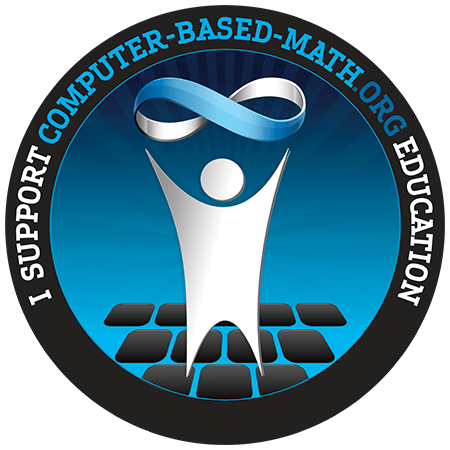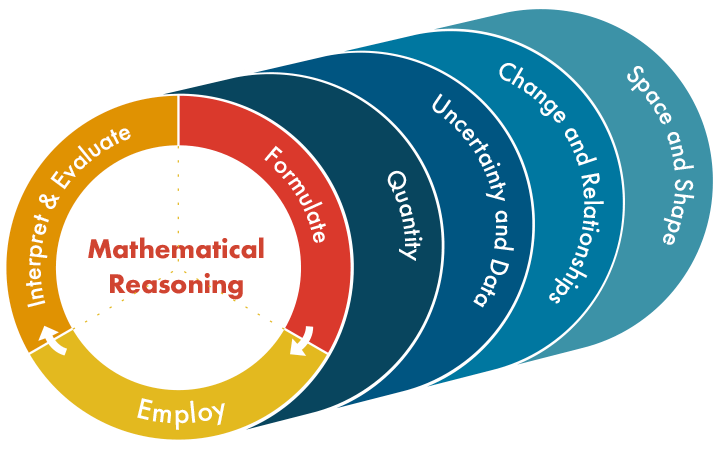CBM: Covering PISA 2025 Maths—and Beyond
I greatly admire your work, because it is so far ahead of the digital learning experiences that most countries offer their students.Andreas Schleicher | OECD Director for Education and Skills
How CBM Covers PISA 2025 and More
At Computer-Based Maths (CBM), we're ready to help you prepare for PISA 2025. Not only have we been developing our own computer-based maths curriculum for over a decade, we've been involved in the formation of PISA's own mathematics framework:
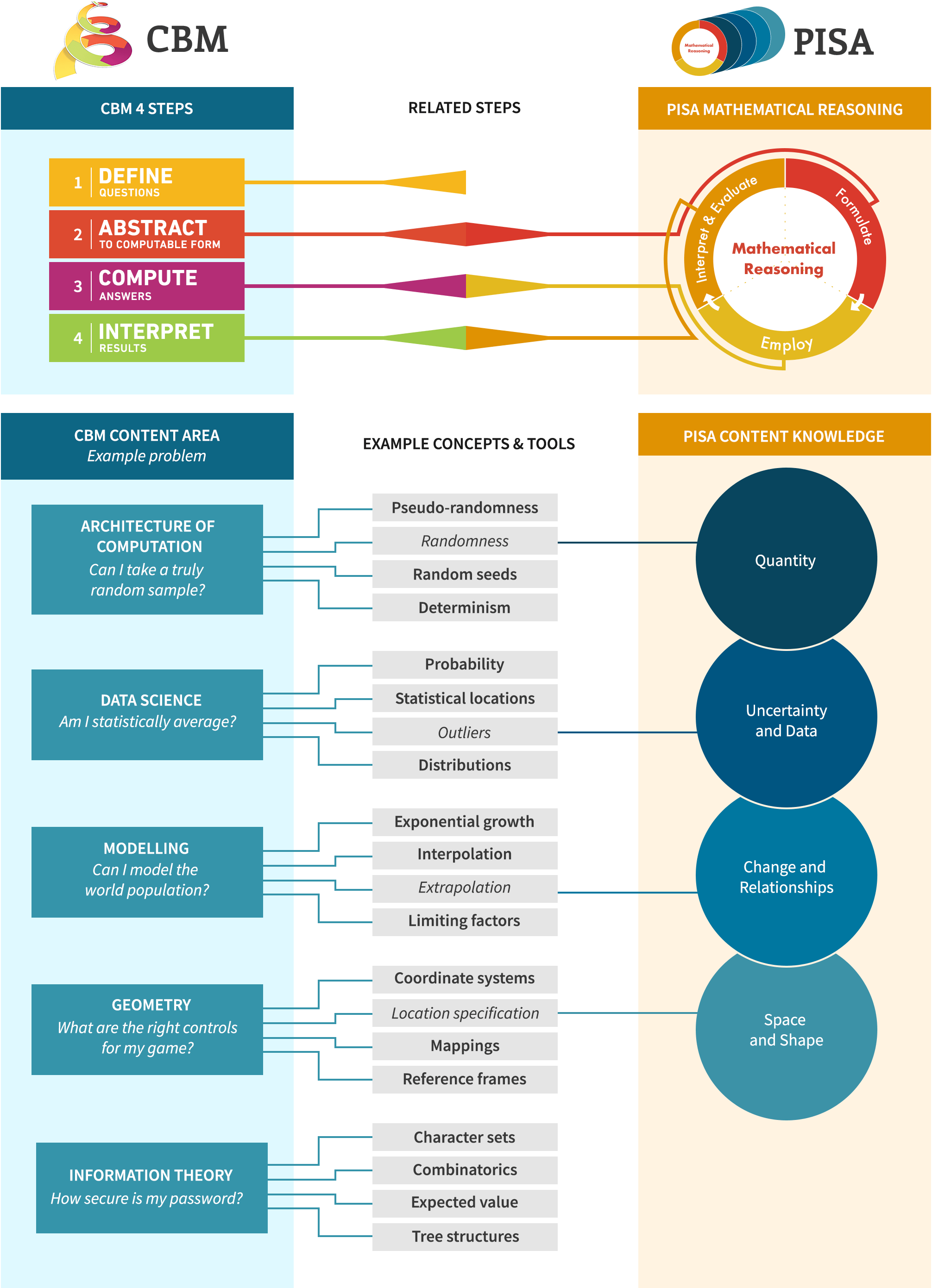
What We Deliver
Our computer-based maths curriculum goes further than any other:
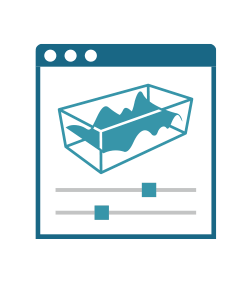
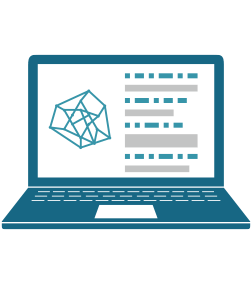
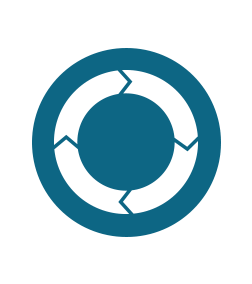
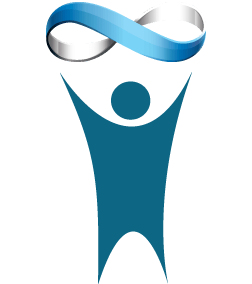
Examples of How the CBM Curriculum Compares
High-Quality Interactive Materials
What we have
We have a wide variety of ways to demonstrate concepts (models, simulations, videos, etc.), to display real-world data (tabulation, histograms, 3D plots, word clouds, etc.) and to interact with both (drag-and-drops, sliders, input fields, popup menus, locators, etc.).
How it achieves PISA 2025
"Investigations show that the mathematical demands of work increasingly occur in the presence of electronic technology so that mathematical literacy and computer use are melded together."
How it goes further
Not only can students interact with our materials in a large number of ways, they have far greater freedom, too. With a programming language at their disposal, teachers and students are able to create their own tools if they wish, and send code to one another with the readily available teacher-student collaboration tools.
An Established Problem-Solving Process
What we have
The computational thinking process is as follows:
Define the problem you are trying to solve. Break down into manageable components.
Abstract the problem to a computable form.
Compute an answer.
Interpret the result in the context of the original problem. Repeat the process until a satisfactory answer is found.
How it achieves PISA 2025
"In order for students to be mathematically literate they must be able, first to use their knowledge to recognise the mathematical nature of a situation (problem)…then to formulate in mathematical terms…Once the transformation is successfully made, the resulting mathematical problem needs to be solved…Finally…the student [needs] to evaluate the mathematical solution by interpreting the results within the original real-world situation."
How it goes further
The additional Define step ensures that students fully understand a problem before they begin to tackle it, breaking it down, if necessary.
Furthermore, rather than expecting a problem to be solved in the first attempt, the process encourages students to reassess and go through the process again.
Twenty-First-Century, Real-World Skills
What we have
All of our modules begin with a real-world problem, tackled with real-world methods. Once a solution is found, students explain their process to others with a report or presentation.
To reinforce understanding, modules conclude with a new (but similar) problem in a different context, to be solved independently.
How it achieves PISA 2025
"…eight twenty-first-century skills for inclusion in the PISA 2025 assessment framework: Critical thinking Creativity Research and inquiry Self-direction, initiative and persistance Information use Systems thinking Communication Reflection"
How it goes further
As well as covering real-world skills, we ensure students develop computer-based skills not typical in the maths classroom today: data consolidation, superfunctions, model analysis—to name a few.
What's more, because our materials are computer based (rather than simply computer assessed) students can tackle topics of higher conceptual difficulty.
A Modern Toolset
What we have
Wolfram Language Mathematica Wolfram|Alpha Wolfram|Alpha Notebook Edition Wolfram Cloud
How it achieves PISA 2025
"…mathematics education evolves in terms of the tools available and the potential ways to support students in exploring the powerful ideas of the discipline…the thoughtful use of computational thinking tools and skill sets can deepen the learning of mathematics contents by creating effective learning conditions."
How it goes further
The software underpinning our materials has been at the forefront of computational thinking for over 30 years.
By learning to program, students develop logical thinking skills alongside maths.
